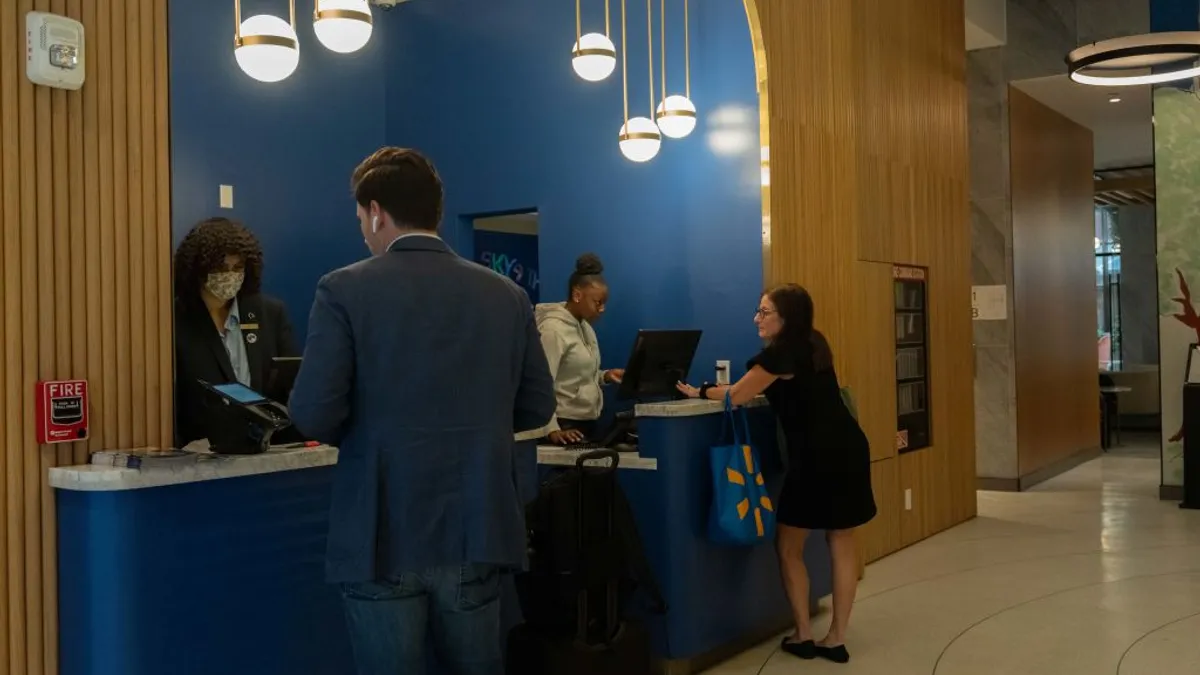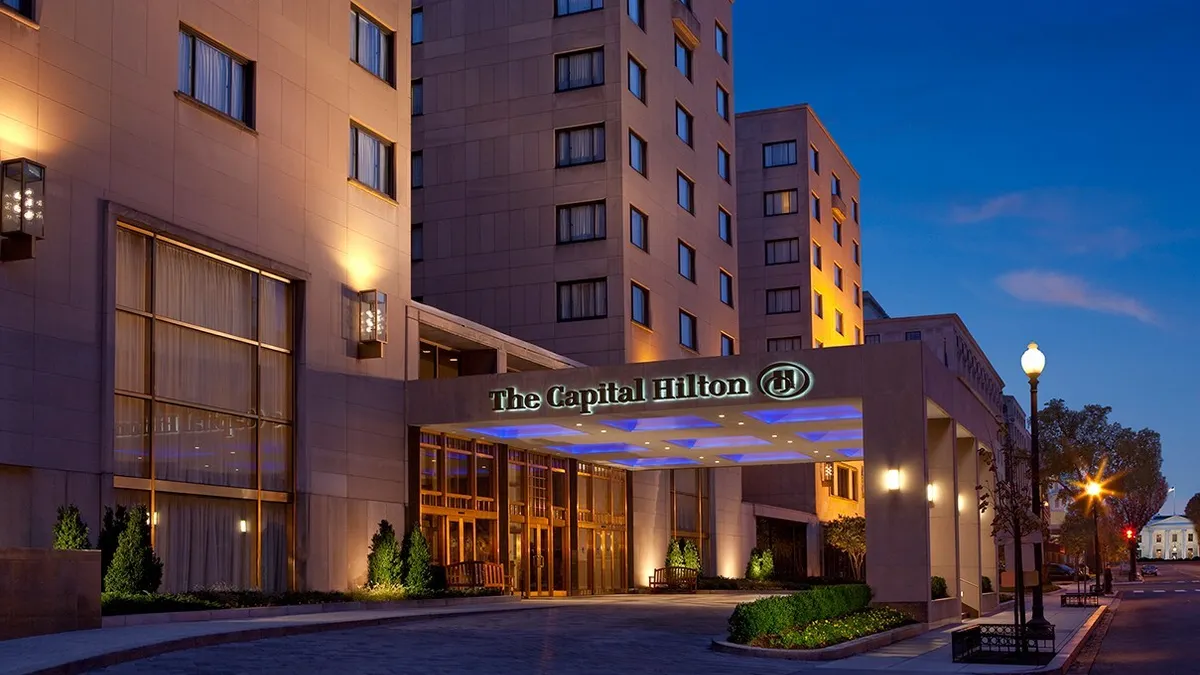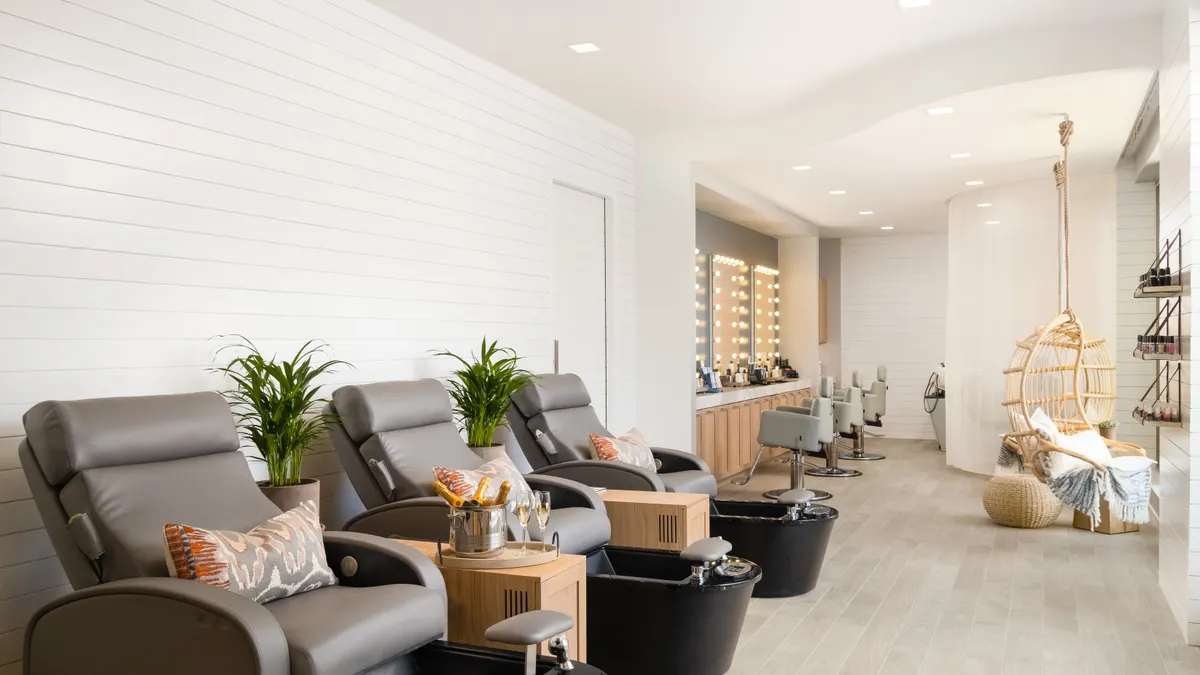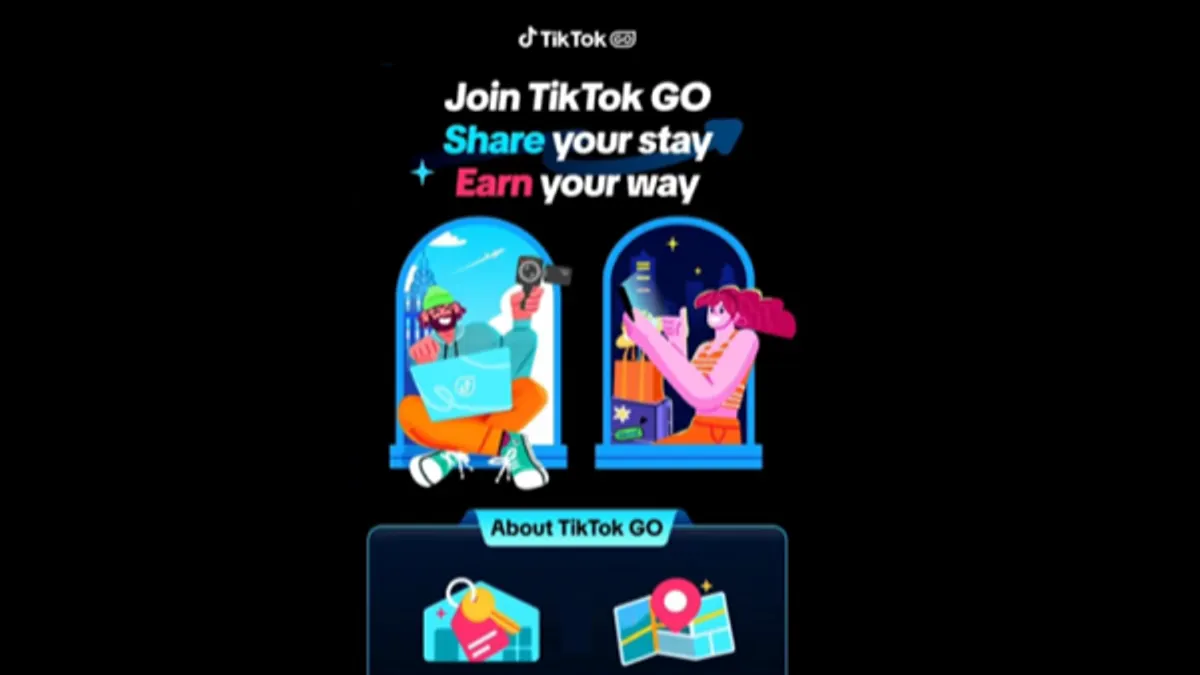The following is a guest post from Rodrigo Jimenez, CEO of SHR. Opinions are the author’s own.
The hospitality industry has always been about creating exceptional guest experiences. Today, that means delivering real-time personalization at scale.
Yet many hoteliers are failing to do this, not because they lack the desire, but because they misunderstand the nature of application programming interfaces — or APIs — and their ability to get software platforms to "talk" to each other.
Fragmented tech stacks can hold hotels back from delivering the tailored experiences guests now expect. APIs are often regarded as a solution to that problem, but not all are born equal.
We see it all the time. Hotels rely on a patchwork of systems developed independently and designed for specific tasks. They begin to use APIs to bridge these systems, but often find out too late that they lack the depth of integration required to meet their needs, both now and in the future.
The role of APIs
It’s worth getting under the skin of APIs to understand their limitations because the consequences of not doing so can be severe. When these systems don’t communicate properly, they can create data silos, which prevent hotels from obtaining a unified, accurate view of each guest — the very foundation of personalization.
Take, for example, the disconnect that often happens between the central reservations system (CRS) and the customer relationship management (CRM) platform. A guest might book through one of the CRS booking channels, but if that data doesn’t instantly flow into the CRM, the hotel loses sight of the guest's preferences or history. This results in missed opportunities to offer personalized upgrades during their stay.
But the impact doesn’t stop there. When systems fail to communicate properly, the ripple effect can be felt throughout the entire operation, disrupting everything from booking management to guest services.
Meanwhile, a weak integration between the property management system (PMS) and booking engine can lead to overbookings. When the PMS and CRM fail to synchronize properly — which is especially common with phone reservations — frequent, time-constrained travelers may be unable to redeem loyalty points in real time. Without access to real-time CRM guest profile data, reservation agents might not recognize returning guests, understand their preferences or accurately apply loyalty information. This leads to missed opportunities for upgrades, discounts and other perks that enhance the guest experience.
Glitches between the mobile app and PMS can prevent guests from accessing their digital room keys or result in inaccurate notifications about room readiness. Maintenance requests may be delayed or missed entirely if guest apps aren’t properly synced with the maintenance system. And if the integration between the property’s payment gateway and PMS is poor, guests could encounter delays or errors during checkout, or face issues with in-house purchases at the restaurant or spa.
Avoiding integration issues
Weak integrations can be avoided by using systems that are natively integrated, created together by a single vendor so they’re completely interoperable. While integrating different vendor solutions using APIs has its place, certain core elements of a hotel’s tech ecosystem are so crucial that they benefit most from native integration. These typically include the CRM, CRS, revenue management system, channel management, direct booking engine and loyalty program manager.
For other areas, relying on APIs to integrate two solutions from different vendors is more appropriate, provided the right questions are asked during the procurement process. These areas include reputation and review analytics, operations like housekeeping and maintenance and guest experience solutions like digital concierge tools, upsells, employee engagement, destination guides, guest communications and in-room entertainment systems.
How to evaluate APIs
But what are the right questions to ask when considering APIs?
When evaluating a software vendor's APIs, hoteliers should ask about the comprehensiveness of the API documentation and the level of developer support provided. It’s also essential to involve all vendors expected to communicate with these APIs to ensure seamless integration across systems.
Inquire about security measures such as OAuth, API keys and other protocols that protect data. Assess the scalability and reliability of the API, including its ability to handle high traffic and uptime guarantees. Understand how the vendor manages versioning, updates and backward compatibility to ensure stability over time.
Finally, ask about the monitoring and analytics tools available for tracking API performance, usage and troubleshooting. These questions gauge the API’s technical strength and reliability. Most importantly, can the API handle increasing data loads as a hotel grows or during peak seasons?
Get this wrong, and APIs that do everything you want them to now will limit functionality further down the track. You may be laying traps in your development process that result in longer development times and higher costs for customizing or troubleshooting software.
While not every tool in a hotel’s tech stack needs to be natively integrated, don’t assume all APIs are the same. By applying APIs that lead to incomplete or ineffective data flow across your technology stack, you could be sabotaging your personalization efforts before you’ve even begun.

















